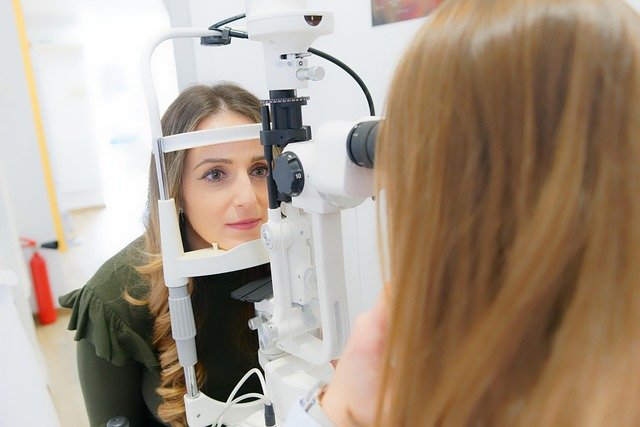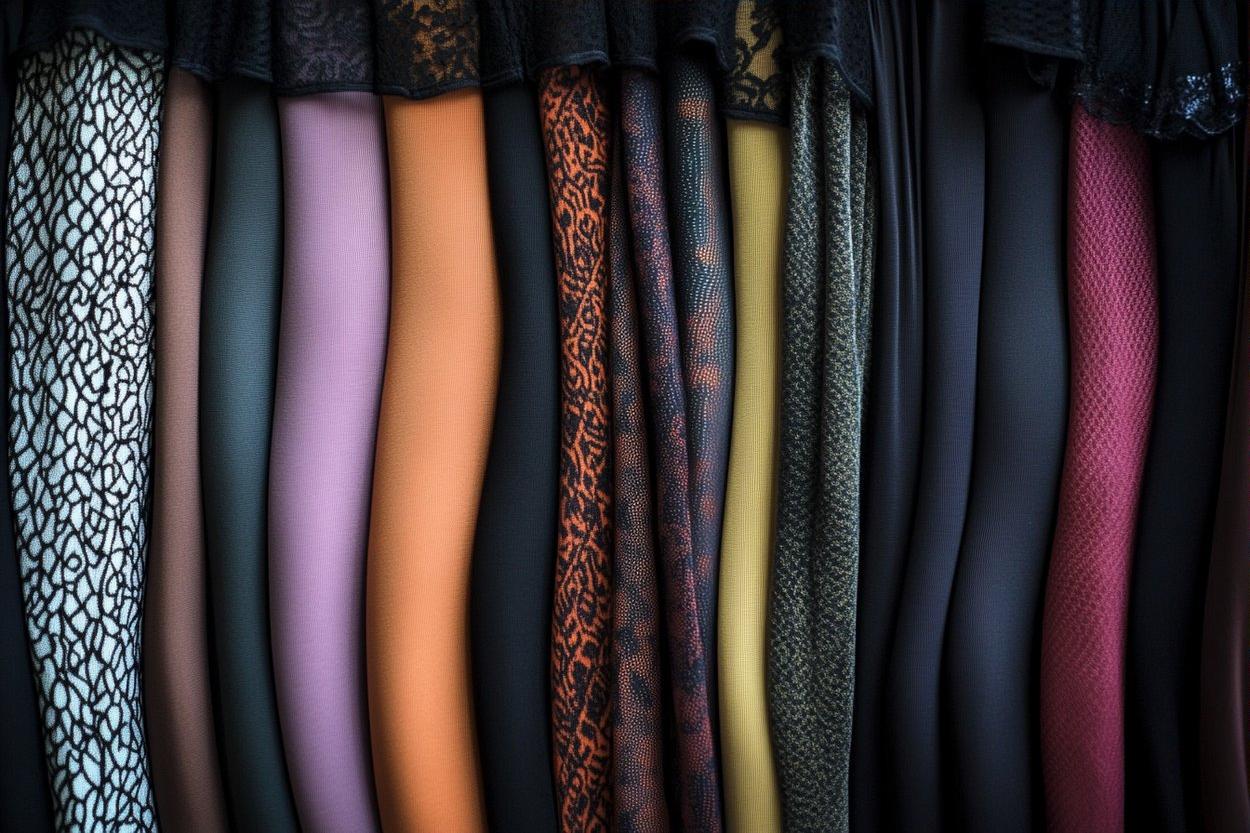The Mysterious Burn: Why Millions of Australians Can’t Shake "Dry Eye Syndrome" and What to Do Next
Have you ever felt like your eyes are burning, scratching, or even excessively watery when you're not crying? If you live in Australia, you're not alone: over a third of the population suffers from Dry Eye Syndrome (DES). This isn't just an annoyance; it's a chronic condition that can severely impact daily life—from computer work to driving. But the biggest mystery is that many traditional drops and remedies offer only temporary relief. It’s time to discover the truth about DES and explore modern, science-backed solutions that can truly make a lasting difference.

DES is Not Just a Lack of Moisture
Contrary to popular belief, Dry Eye Syndrome extends beyond insufficient tear production. The condition involves tear film dysfunction—a complex interaction between three distinct layers (mucin, aqueous, and lipid) that protect and nourish the eye surface. When any component falters, the entire system breaks down. Meibomian gland dysfunction, which affects oil-producing glands in the eyelids, is responsible for nearly 86% of dry eye cases, causing tears to evaporate too quickly rather than insufficient production.
This multifaceted nature explains why basic artificial tears provide only temporary relief for many sufferers. The burning sensation persists because standard drops address only the watery component without fixing the underlying oil or mucin imbalances. Understanding this complexity is crucial—DES represents a tear quality problem as much as a quantity issue.
Australia’s Environment Can Aggravate the Issue
Australia’s unique environmental conditions create a perfect storm for dry eye sufferers. The combination of high UV exposure, low humidity in many regions, and widespread air conditioning use significantly increases evaporation rates from the eye surface. Coastal areas experience salt-laden winds that can further irritate sensitive eyes, while inland regions contend with dust particles that disrupt the tear film.
Digital device usage compounds these environmental factors. Australians spend an average of 5.5 hours daily on screens, significantly reducing blink rates from the normal 15-20 times per minute to just 5-7 times. This decreased blinking prevents proper oil distribution across the eye surface, accelerating moisture loss regardless of geographical location.
The seasonal progression of dry eye symptoms often follows predictable patterns, worsening during winter when indoor heating systems reduce ambient humidity, and during spring when pollen counts rise—transforming environmental awareness into a crucial component of effective management.
Comparing Approaches: When Drops Are Not Enough
When basic artificial tears fail to provide lasting relief, patients often find themselves cycling through different products without addressing root causes. Treatment approaches vary significantly in their effectiveness depending on the underlying type and severity of dry eye.
| Treatment Approach | Best For | Limitations | Typical Cost Range |
|---|---|---|---|
| Artificial Tears (Preservative-Free) | Mild cases, environmental dryness | Temporary relief only, frequent application needed | $10-25 per month |
| Prescription Anti-inflammatories (e.g., Cyclosporine) | Moderate inflammation-based DES | Slow onset (weeks to months), potential side effects | $30-200 per month |
| Meibomian Gland Expression/IPL Therapy | Evaporative DES, MGD cases | Requires in-office procedures, multiple sessions | $150-400 per session |
| Intense Pulsed Light (IPL) | Severe MGD with inflammation | Multiple sessions needed, specialized equipment | $200-450 per session |
| Punctal Plugs | Aqueous-deficient DES | May worsen inflammatory DES, requires professional insertion | $300-600 per procedure |
Prices, rates, or cost estimates mentioned in this article are based on the latest available information but may change over time. Independent research is advised before making financial decisions.
The comparative effectiveness of treatments highlights why diagnosis-specific approaches outperform generic solutions. Patients with predominantly evaporative dry eye often respond better to treatments addressing oil gland function, while those with aqueous deficiency require different interventions altogether.
The Critical Need for Expert Diagnosis Beyond “Just Dryness”
The complexity of DES demands professional assessment beyond symptoms alone. Self-diagnosis frequently leads to inappropriate treatment selection and prolonged discomfort. Optometrists and ophthalmologists use specialized equipment to evaluate tear film quality, quantity, and stability through tests like tear break-up time measurement, meibography (imaging the oil glands), and osmolarity testing.
These diagnostic tools reveal critical differences between inflammatory, evaporative, and aqueous-deficient dry eye—distinctions invisible to the naked eye but essential for effective treatment. For instance, inflammatory markers in tears can indicate autoimmune involvement requiring entirely different management approaches than simple evaporative cases.
Additionally, experts can identify when dry eye symptoms actually stem from other conditions like contact lens complications or allergies—preventing treatment misdirection and unnecessary suffering. Without proper assessment, many Australians treat symptoms while underlying causes steadily worsen.
Your First Steps to Lasting Comfort: Home Care and Consultation
Initial management of dry eye symptoms can begin at home with environmental modifications and basic self-care practices. Increasing indoor humidity (40-60% is ideal), positioning computer screens below eye level to reduce lid aperture, and taking regular screen breaks using the 20-20-20 rule (looking 20 feet away for 20 seconds every 20 minutes) can significantly reduce symptom severity.
Dietary approaches also show promise, with omega-3 fatty acid supplementation (1-3g daily) demonstrating meaningful improvements in tear film stability for many patients. Proper eyelid hygiene—using warm compresses followed by gentle cleansing—helps maintain meibomian gland function and prevents bacterial overgrowth that exacerbates inflammation.
However, these measures work best as complements to professional care rather than replacements. Scheduling a comprehensive eye examination with an optometrist or ophthalmologist experienced in dry eye management remains the most crucial step toward lasting relief. Many Australians continue suffering unnecessarily, using ineffective treatments when specialized care could dramatically improve their quality of life.
This article is for informational purposes only and should not be considered medical advice. Please consult a qualified healthcare professional for personalized guidance and treatment.




